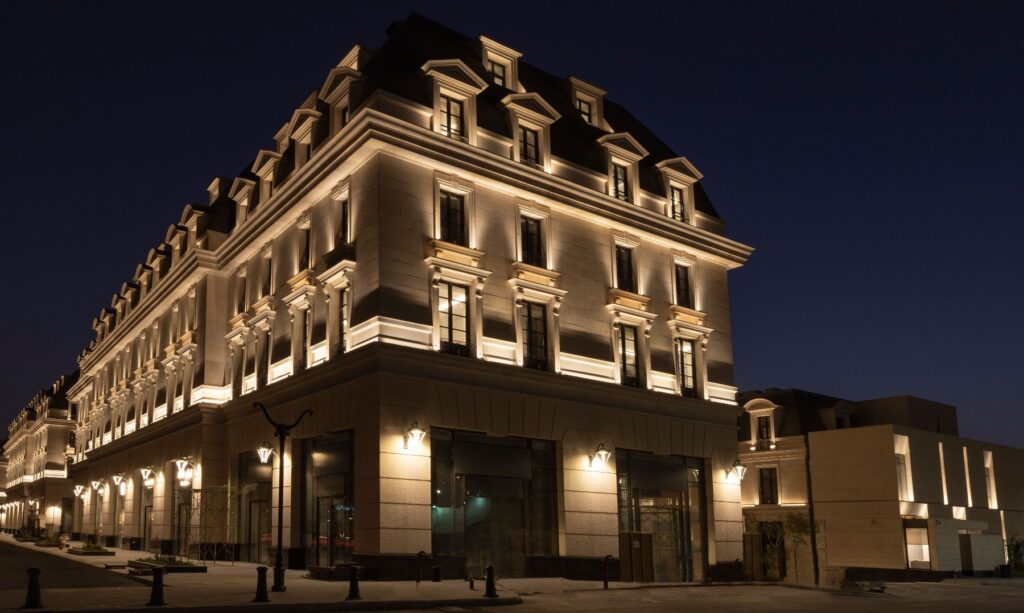Facade lighting is one of the new methods in architecture. By illuminating the facade, a special effect is given to the building during the day and night. The idea of building lighting in a building has a significant impact on its visual appeal. This issue is so important that it can be said that the more eye-catching the facade of the building is, the better the quality and type of the building will be.
The best ideas for home lighting
In this article from Shamim Andisheh Company, we have brought some building lighting ideas that can help you make the interior of your home more beautiful and pleasant:
- Ambient Lighting: This type of lighting acts as the main source of light in the room and can be created using ceiling lights or chandeliers
- Task Lighting: This type of lighting is used to perform specific activities such as reading, writing, or cooking. Table lamps and under-cabinet lights are examples of this type of lighting
- Accent Lighting: This type of lighting is used to highlight specific features of the decor, such as artwork or plants. Wall lights and spotlights can be used for this purpose
- Decorative Lighting: In addition to providing light, this type of lighting also acts as a decorative element. Beautiful chandeliers and pendant lights can add a special touch to a space.
- Hidden Lighting: Using hidden lights in the ceiling or walls can create a soft and pleasant effect.
- Smart Lighting: Using smart lighting systems that can be controlled using a smartphone or voice assistants can give you more convenience and flexibility.
- Natural Lighting: Using natural light through large windows and thin curtains can make the home brighter and more pleasant.
Wall lighting
Wall lighting is one of the most effective ways to increase visual appeal and create special, modern effects in indoor and outdoor spaces.
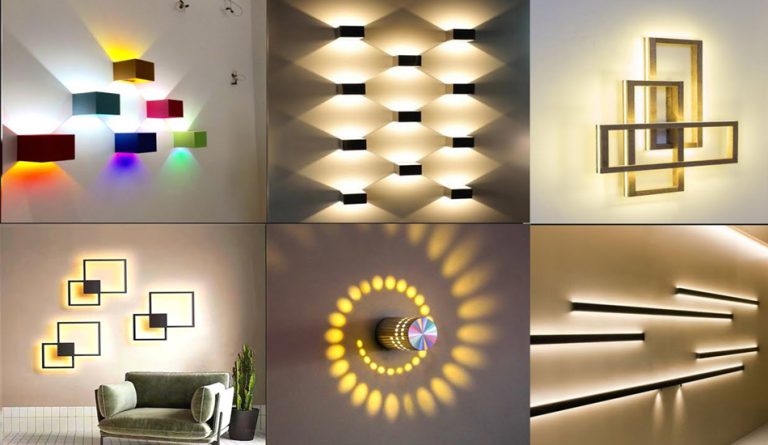
This type of lighting can be done in a variety of ways, including:
- Up and down lighting: This method involves installing lights that shine light up and down the wall, which can help create beautiful effects and emphasize the texture of the wall
- Concealed lighting: Using hidden lights behind walls or within false ceilings to create indirect, soft lighting that adds depth and interest to the space.
- Accent lighting: Using directional lights to emphasize specific elements such as artwork, plants, or specific wall architecture
- Line lighting: Using linear lights that are designed to be narrow and long and can be recessed or surface-mounted to create uniform, modern lighting along the length of the wall
- Using illuminated mirrors: Mirrors that have backlighting can add depth to the space in addition to providing light.
Ceiling lighting
- Indirect Lighting
The light is hidden behind a false ceiling or plasterwork.
Creating a soft, shadow-free light that is suitable for relaxing spaces such as the living room or bedroom. - Chandeliers and Pendant Lights
Suitable for living rooms and large rooms.
A variety of modern and classic designs and styles are available. - Recessed Lights
Small lights that are installed into the ceiling.
Suitable for spaces with low ceiling heights and a minimalist look. - Linear Lighting
Using LED strips or linear lights that create a modern look.
They can be designed around the ceiling or in specific shapes. - Ceiling Spotlights
To emphasize specific objects such as paintings, artwork or part of the space.
The angle and intensity of the light can be adjusted. - Decorative Lighting
To create special visual effects, such as lighting with various colors or special patterns.
9 general techniques for building lighting ideas
- Static or fixed lighting: In this method, the color, intensity, and direction of light radiation do not change. In other words, this type of lighting is performed in only one mode and does not change under certain conditions, and is performed in two modes: monochrome and multi-color.
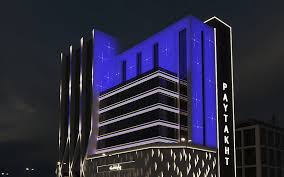
2. Monochrome lighting: Using a specific color spectrum to create visual effects. Monochrome lighting uses only one type of color spectrum. You can choose this color from the primary or secondary colors. In this method, various LED chips are used in the light to create a new color.
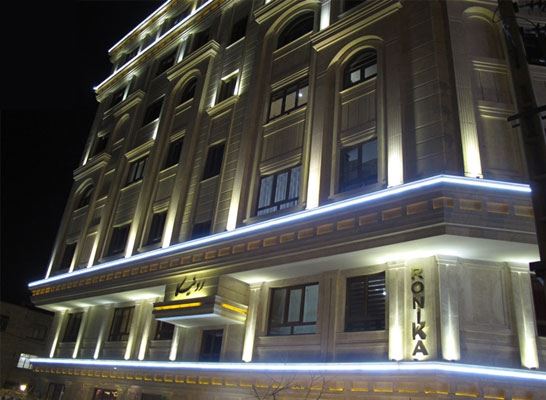
3. Multi-color lighting: By using different colors, you can well display geometric angles, stone or metal materials, building facade highlights, etc. In this type of lighting, unlike monochrome lighting, you can change the intensity, direction, and type of color. To display architectural details and facade highlights
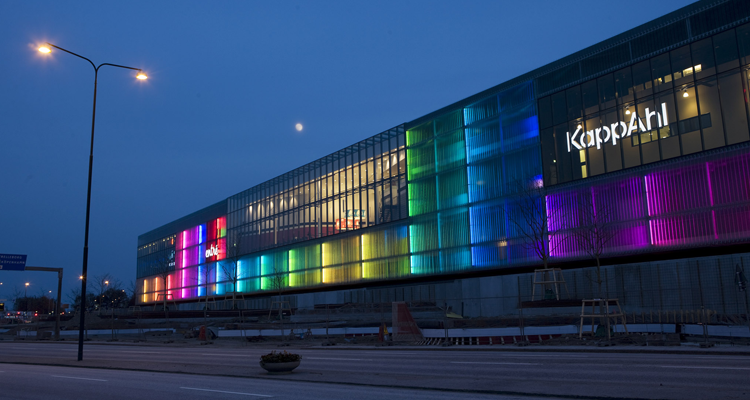
4. Dynamic or variable lighting: In this lighting, the color, intensity, and direction of the light are changed to attract more attention. It is usually done in commercial and recreational buildings that need to attract attention.
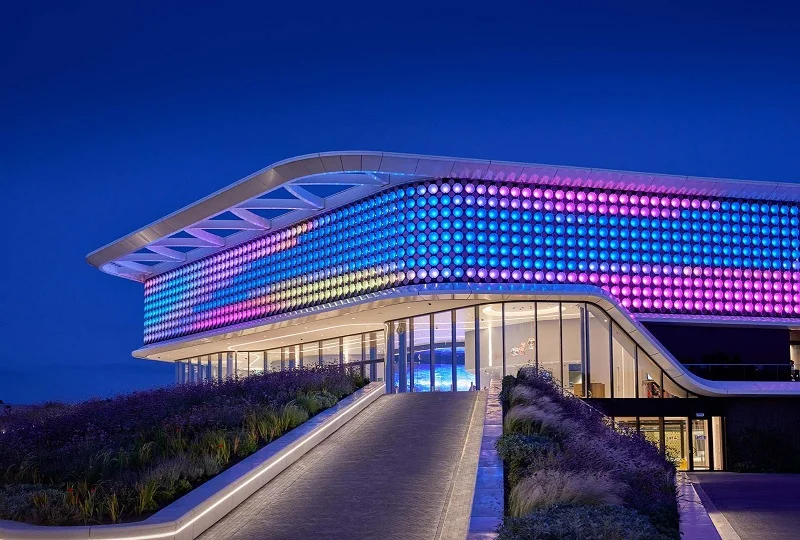
5. RGB lighting: The color change of light pixels occurs uniformly using the primary colors blue, green, and red.
6. Addressable variable lighting: Lights operate independently of each other and can display text and images.
7. Spot lighting: .In this lighting, the light is focused on specific points of the facade to highlight details
8. Linear lighting: In linear lighting, light lines and LED lamps are placed in a strip without any distance from each other, creating uniform, glare-free light and creating a modern and beautiful effect.
9. Concealed Lighting: Concealed lighting is the method of hiding the light source to create indirect, soft lighting that is both simple and eye-catching.
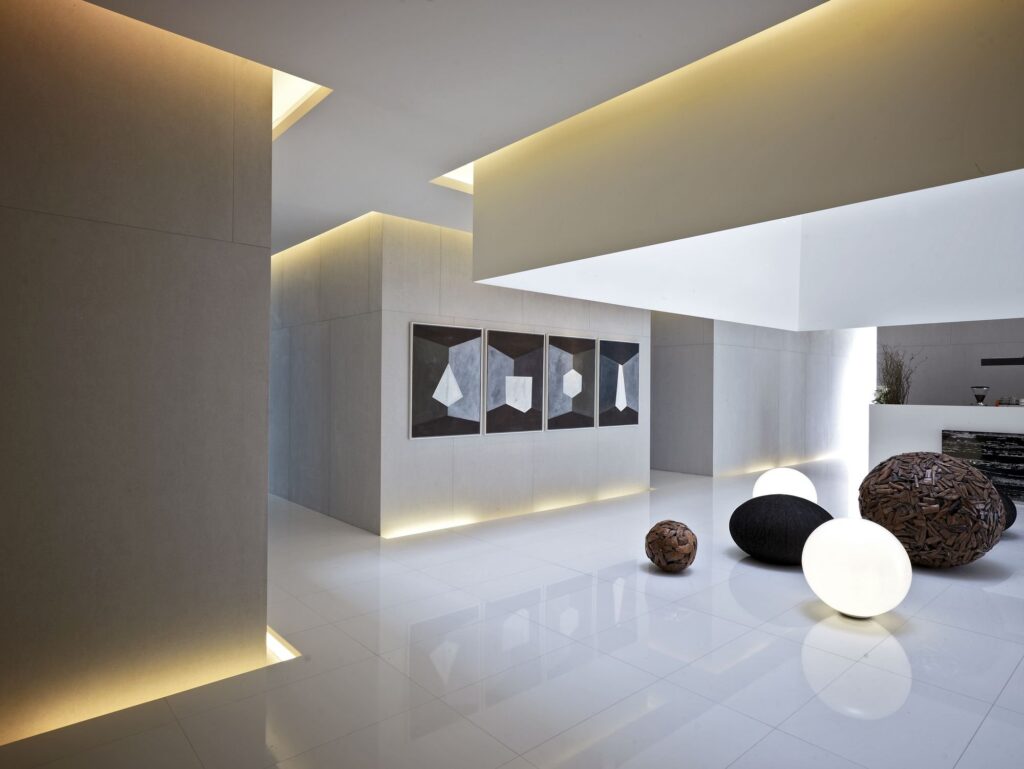
Final Words
As we mentioned in the article, building lighting is of particular importance, and Shamim Andisheh Company, with its experts in this field, designs and implements various lighting projects throughout Iran, which has the ability to produce various customized equipment tailored to each project. Contact us for advice.

 English
English العربية
العربية